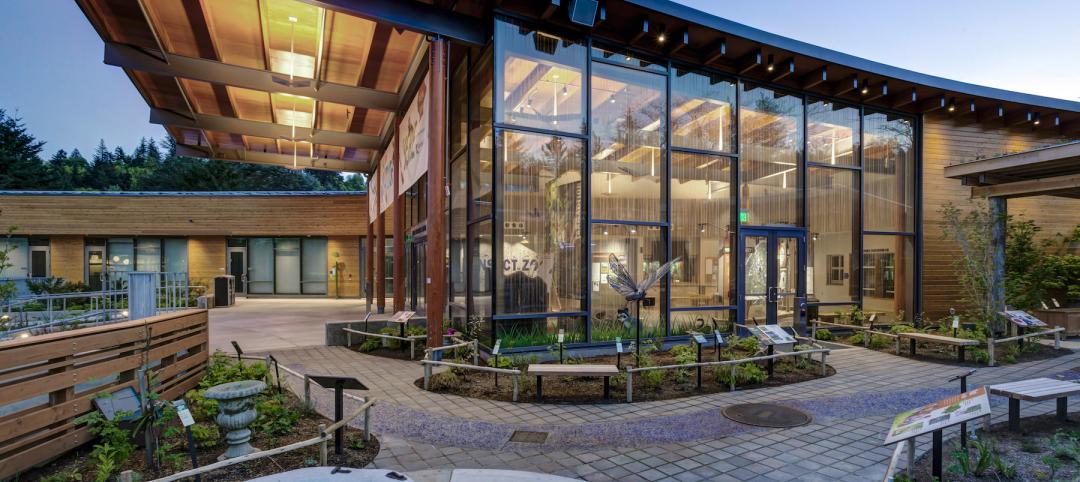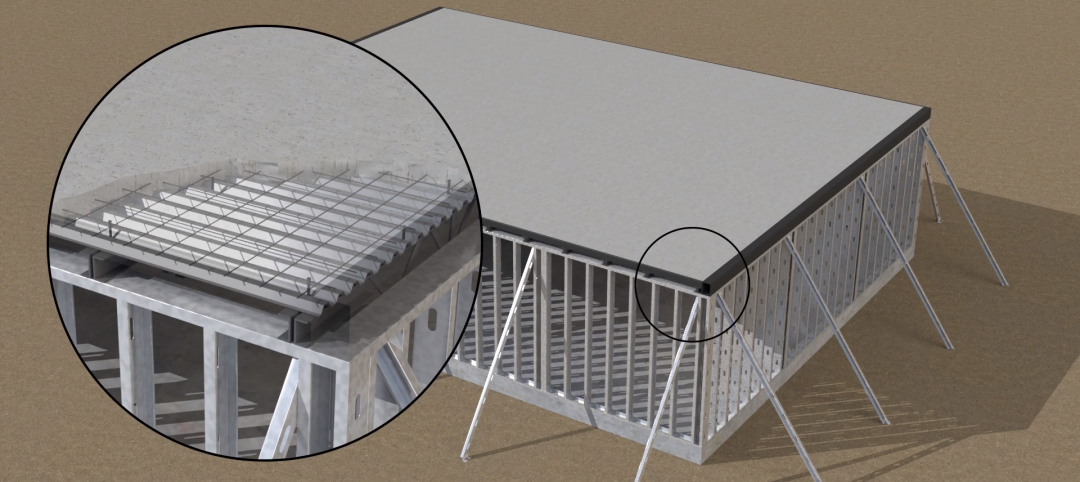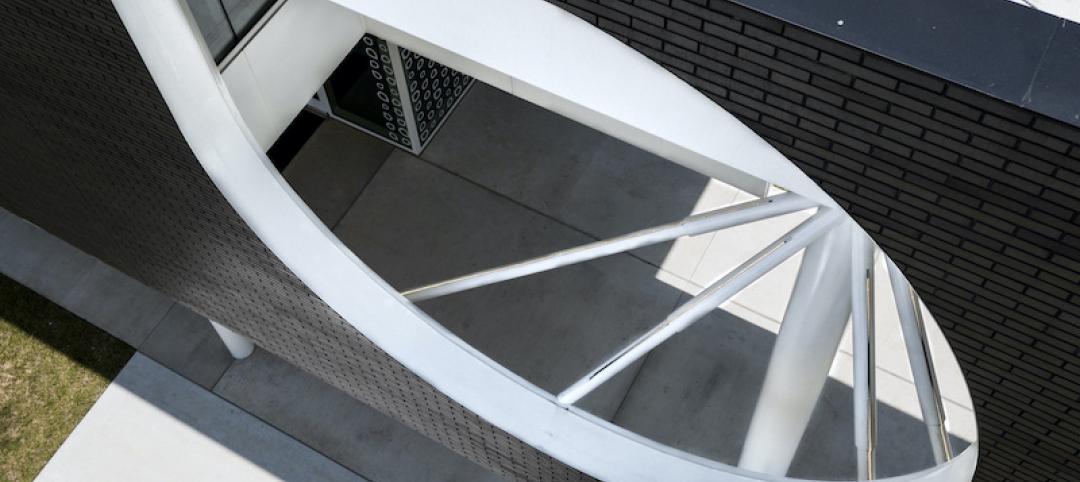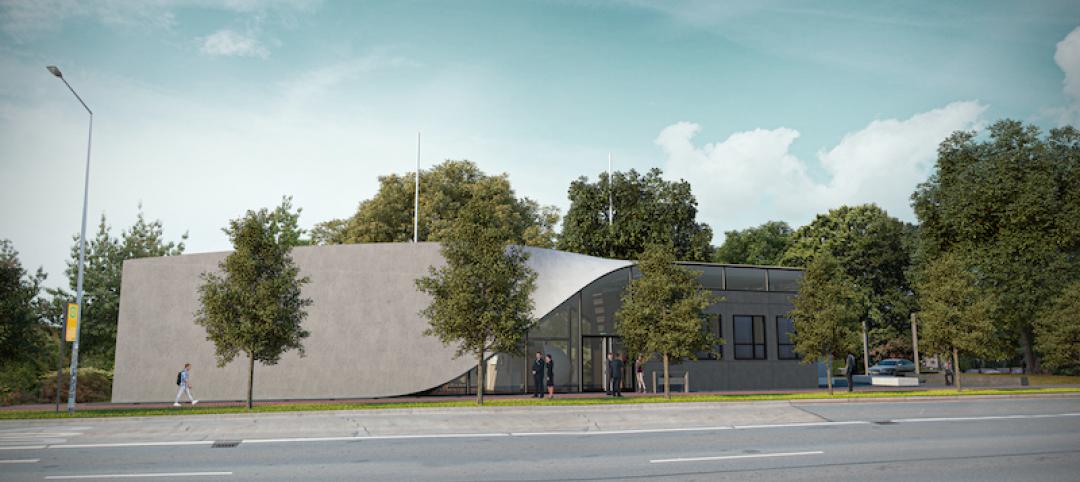Turner Construction Company announced that the First Quarter 2013 Turner Building Cost Index – which measures costs in the non-residential building construction market in the United States – has increased to a value of 849. This reflects a 1.19% increase from the Fourth Quarter 2012 and a 3.41% increase from the First Quarter 2012.
"The increase in private non-residential construction spending over the past year, material and equipment prices continuing to inch upwards, and a slight increase in labor rates has led to a boost in construction costs," said Karl F. Almstead, the Turner vice president responsible for the Turner Building Cost Index.
Approximately 90% of Turner's business is performed under contract arrangements where Turner provides extensive preconstruction planning services before the contract price is fixed and before construction starts. By providing preconstruction services and utilizing enhanced procurement strategies, Turner effectively manages the market risks associated with cost-related issues.
Turner has prepared the construction cost forecast for more than 80 years. Used widely by the construction industry and Federal and State governments, the building costs and price trends tracked by the Turner Building Cost Index may or may not reflect regional conditions in any given quarter. The Cost Index is determined by several factors considered on a nationwide basis, including labor rates and productivity, material prices and the competitive condition of the marketplace. This index does not necessarily conform to other published indices because others do not generally take all of these factors into account.
About Turner Construction Company
Turner is a North America-based construction services company. Turner first made its mark on the industry pioneering the use of steel-reinforced concrete for general building, which enabled the company to deliver safer, stronger, and more efficient buildings to clients. The company continues to embrace emerging technologies, update and refine processes, and remain responsive to the needs of their employees, clients, and the communities it serves. With an annual construction volume of $8 billion Turner is the largest general builder in the United States. The firm is a subsidiary of HOCHTIEF, a publicly traded company, and one of the world's leading international construction service providers. For more information please visit www.turnerconstruction.com.
Related Stories
Sponsored | Glass and Glazing | Oct 1, 2021
Specifying Responsibly to Save Birds’ Lives
Realizing sustainable, bird-friendly glass design
Sponsored | Glass and Glazing | Oct 1, 2021
Seizing the Daylight with BIPV Glass
Glass has always been an idea generator. Now, it’s also a clean energy generator.
Wood | May 14, 2021
What's next for mass timber design?
An architect who has worked on some of the nation's largest and most significant mass timber construction projects shares his thoughts on the latest design trends and innovations in mass timber.
3D Printing | Nov 27, 2020
The Fibonacci House: A test case of 3D construction printing
The Fibonacci House, which we have named after Leonardo Fibonacci, the medieval Italian mathematician, illustrates the potential of 3DCP and demonstrates how a complex design and challenging logistics can be solved through pragmatic planning and 3DCP technology.
Building Materials | Jul 5, 2020
A new report predicts significant demand growth for mass timber components
There should be plenty of wood, but production capacity needs to catch up.
Sponsored | Voice of the Brand | Jun 5, 2020
Practice Style Transcendence with Brick
Get inspired! Brick’s adaptability has made it the premier building material for centuries even as styles come and go. Nothing says “classic” like brick, but nothing says “innovative” like brick either. Check out some examples of how fired clay brick remains a major presence in the 21st Century designer’s palette.
Building Materials | Jun 4, 2020
The world’s first building made from carbon-fiber reinforced concrete starts construction in Germany
But greater use of these materials still faces obstacles.

















